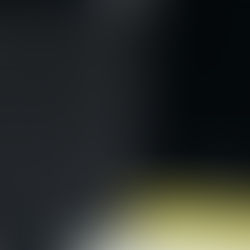The Psychology of Color in Marketing and Branding
Color psychology impacts your company's branding and design. Here's everything to know about the psychology of color in marketing and branding.

Individual brands are strongly associated with specific colors. Coca-Cola will always be red, while Facebook will always be blue. These associations are far from happy accidents - behind every branding color decision lies a great deal of psychology.
Understanding the psychology of color in marketing and branding can help you attract customers and make sales. While the list below is far from exhaustive, it can give you a general sense of how to use colors and shades within your marketing strategy to build a brand for your business.
Breaking Down the Psychology of Color in Marketing and Branding
Every color carries a certain connotation. This means that your branding and logo can convey things to your customers, without them even knowing about it.

Energy
Colors that convey energy and excitement are bright and warm. This includes oranges, reds, and some shades of yellow. These are vibrant colors reminiscent of fire that can be used to make your brand jump out - just like McDonald's golden arches on the highway.
These types of colors are great for brands that are trying to create a dynamic image. Coca-Cola, for instance, has used red as a way to create a lifestyle brand, with fit and active people drinking their product while having fun.

Calmness
To create a bond of trust and calmness with your target audience, you'll want to go with shades of blue. However, muted pastel shades of other colors will work as well.
The underlying psychology of blue's calming effect is likely linked to the vastness of the ocean. A large, slow-moving body of water is relaxing and calming.
The fact that trust and intelligence are associated with blue is why most technology and internet companies have blue logos. Facebook, Twitter, IBM, and PayPal are all examples that should immediately come to your mind.

Natural
Though it's fairly obvious, any brand that is associated with nature or the environment will make use of green in some way. Of course, green is also associated with money, which is why some banks - like TD Bank - are colored green. Green is a great color to symbolize growth and health as well.

Luxury
Finally, it's important to remember the shades of white and black - which actually are not colors - when thinking about branding. They are both minimalistic and are associated with luxury and wealth.
Apple is a prime example of how white coloring can be used to create a clean, sterile, and expensive-looking product and brand. On the other hand, black can be used to create a more modern, sleek appearance. This is why most luxury vehicles are black, and why most high-end suits are either black or other dark colors.
Good Branding is Memorable
Now that you have a little more insight into the psychology of color in marketing and branding, you can start making decisions about your own business. Memorable branding is one of the best ways to attract new customers, and making sure that you have the right colors for what your brand stands for is a core part of that.
For more information about developing your firm's branding, get in touch with us! Our experts will be able to develop a comprehensive branding and marketing plan to grow your business.
.png)





